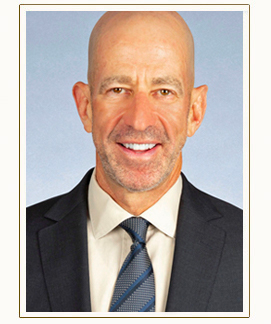According to Carol Bradley Bursack, author of “Minding Our Elders,” there is a lot to be said for routine. What many would consider one’s daily, mundane habits may also be the very thing that lets you know when one a loved ones needs assistance.
As the population ages and society continues to foster long-distance family relationships, it is uncommon for the adult children of elderly parents to live close by. If an elderly parent is in declining health and lives on his or her own, and the adult child lives an hour or more away, that adult child is considered a ” long-distance caregiver.” And when the only caregiver is far away, it often falls to everyday acquaintances – the bank teller, the dentist, the letter carrier – to notice when something is amiss. Those people, says Bursack, can become part of a long-distance caregiver’s community care network.
Bursack has strategy tips for how to develop community help for long-distance caregivers, including reaching out to regular delivery people, such as letter carriers, newspaper delivery people, and supermarket carriers. They can be asked to make contact if they note that newspapers are piling up or mail is uncollected. The same can be asked of service providers such as landscapers or house cleaners. There are also individuals that can be recruited who are trained to keep an eye on things, such as a visiting nurse or meal delivery person.
Linda Rhodes, author of “The Essential Guide to Caring for Aging Parents,” also suggests engaging the local community. She advises long-distance caregivers to exchange phone numbers with a parent’s neighbor. She also advises touching base with the parent’s local house of worship, and tapping into the volunteer community there to have someone do well visits.
Set up a phone tree. Share phone call days with other relatives, and have a strictly adhered-to schedule. If a caller cannot get hold of the parent or does not get a call returned, make certain the information is shared and can be followed up.
Consider the latest in technology – Skype and Facetime both allow virtual face-to-face interaction. Personal response systems can be placed in the home or even worn around the neck or wrist. Motion-sensing systems can alert a monitor to a lack of movement in the home, and send an alert via computer or to a call center.
For more information about elder law, visit our website at www.elderlawnewyork.com.



